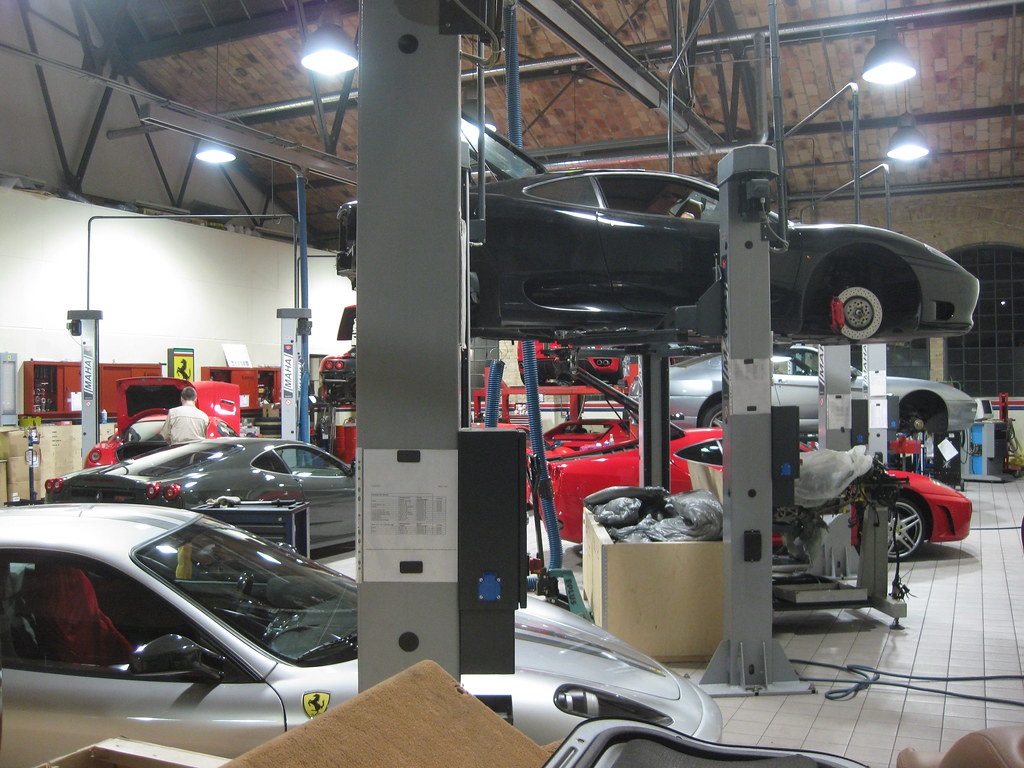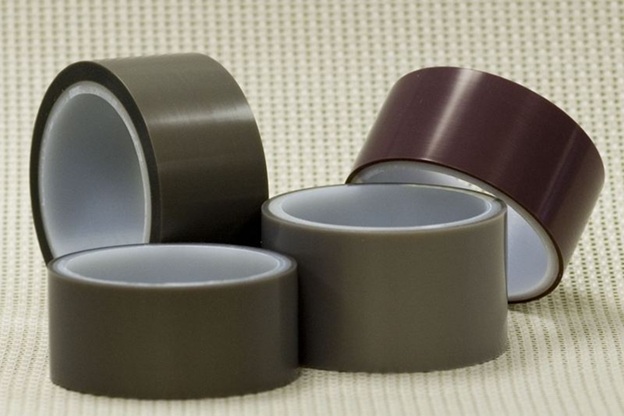As a car owner, it’s important to keep your car in top shape to ensure it runs smoothly and lasts for many miles to come. While it’s always a good idea to take your car in for regular maintenance, there are several simple repairs and inspections you can do yourself to save money and keep your car in good condition. In this article, we’ll take a look at some of the best DIY car maintenance tips that any car owner can easily do themselves.
- Change the Oil
One of the most common car maintenance tasks is changing the oil. It’s recommended that you change your car’s oil every 5,000 miles or so, but this can vary depending on your car model and type of oil used. Changing the oil is fairly easy to do yourself and can save you quite a bit of money compared to taking your car to a mechanic. Simply locate the oil drain plug, remove it along with the old filter, and replace with a new filter and fresh oil.
- Replace Your Air Filter
If you notice that your car isn’t accelerating as quickly as it used to or the engine sounds rougher than usual, it may be time to replace your air filter. Luckily, this task is very simple to do yourself. Locate your air filter under the hood of your car, remove the old filter, and install a new one.
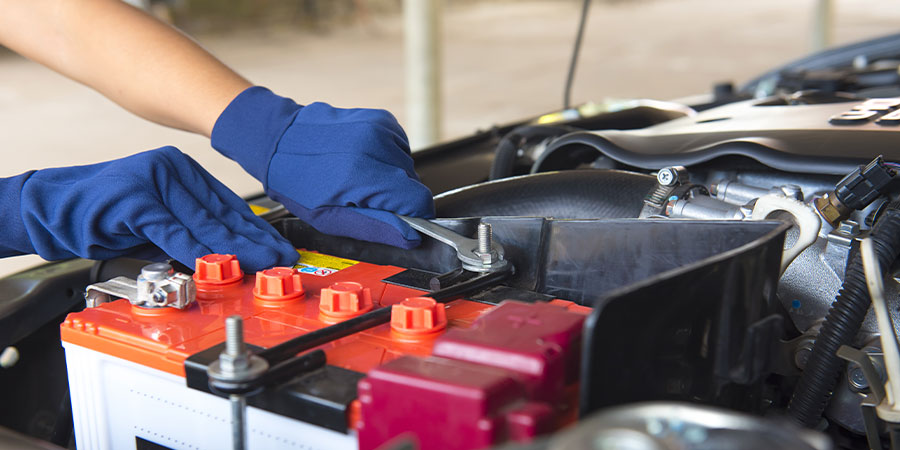
- Inspect Your Brakes
Your car’s brakes are essential for your safety on the road. Regularly inspecting them can prevent costly repairs and even accidents. To inspect your brakes, first, remove your wheels and visually inspect the brake pads for signs of wear. If the pads are worn down to less than a quarter-inch, it’s time to replace them. You should also check your brake rotors for any signs of damage or warping.
- Check Your Tire Pressure
Driving on under-inflated tires can negatively affect your car’s fuel economy and even lead to a blowout. Check your tire pressure regularly, at least once a month, using a tire gauge. Compare the reading with the recommended pressure for your specific car model and adjust accordingly.

- Inspect Your Battery
The battery is what powers your car’s electrical system and if it fails, your car won’t start. To inspect your battery, check for any signs of damage or corrosion around the terminals. You can also use a multimeter to check the voltage and see if it’s within the recommended range for your car.
Performing basic car maintenance yourself can save you money and ensure that your car runs smoothly for years to come. With these easy-to-follow DIY tips, you’ll be able to keep your car in top shape without spending a fortune at the mechanic. Remember, if you’re not comfortable performing any of these tasks, it’s always best to seek professional help.

 Red Flags to Watch for at Any Car Dealership
Red Flags to Watch for at Any Car Dealership  PTFE Films in Automotive Wire Harness Protection
PTFE Films in Automotive Wire Harness Protection 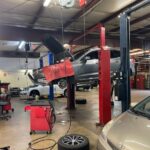 Importance of Car Door Inspections During Servicing
Importance of Car Door Inspections During Servicing  Essential Role of Household Battery Backup for OSA Patients and Introducing Jackery Explorer 1000 Plus Portable Power Station
Essential Role of Household Battery Backup for OSA Patients and Introducing Jackery Explorer 1000 Plus Portable Power Station  The Importance of a Spacious Interior in a Modern Family SUV
The Importance of a Spacious Interior in a Modern Family SUV  Your First Step to Driving Confidence: A Beginner’s Guide to EDT Lessons
Your First Step to Driving Confidence: A Beginner’s Guide to EDT Lessons  Learn to recognize early indicators of trunk wear or malfunction before they escalate.
Learn to recognize early indicators of trunk wear or malfunction before they escalate.  Why Is Armoring Sedans Ideal for Discreet Personal Security?
Why Is Armoring Sedans Ideal for Discreet Personal Security? 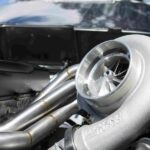 The Role of Mufflers in Turbocharged Engines
The Role of Mufflers in Turbocharged Engines 